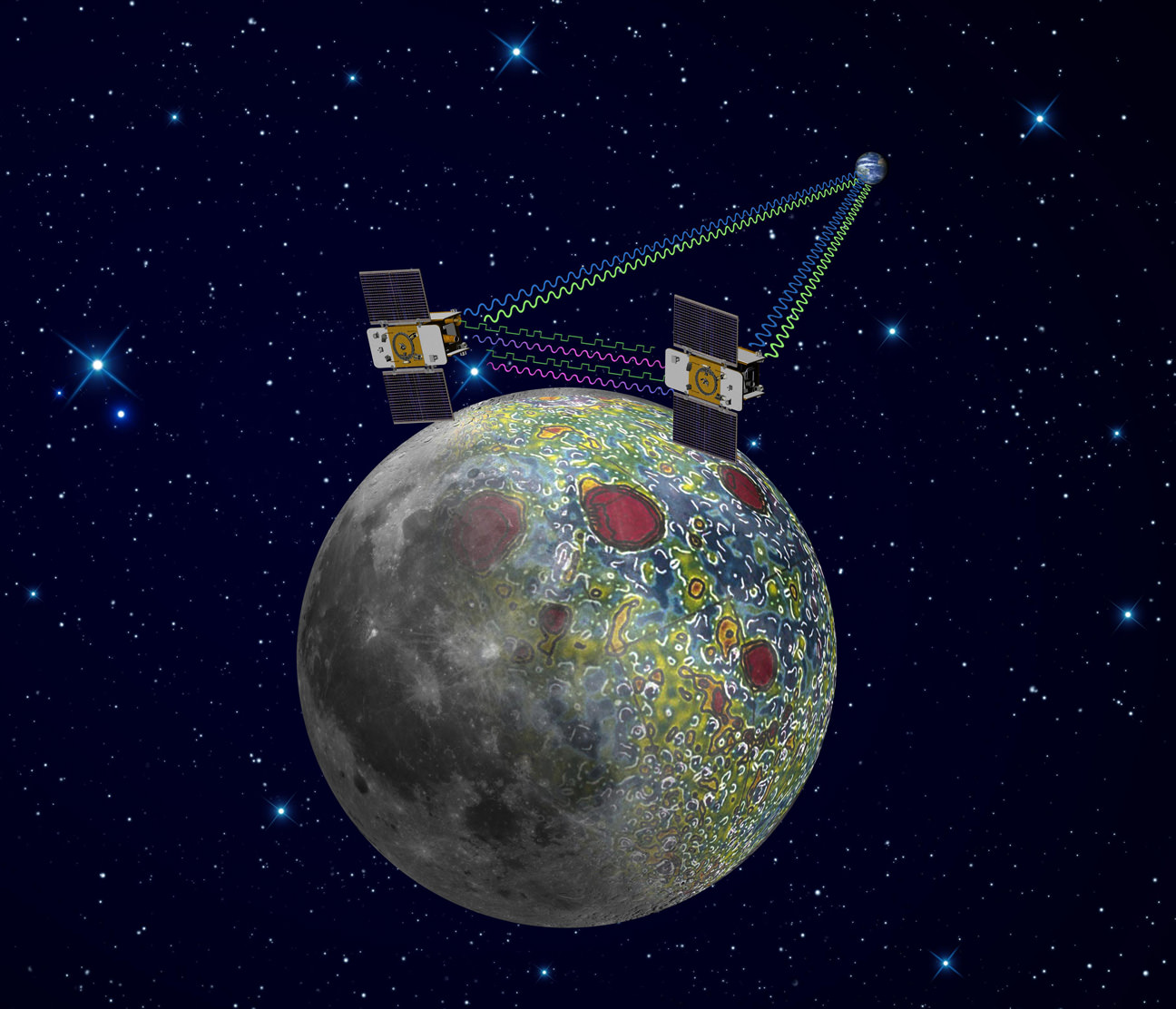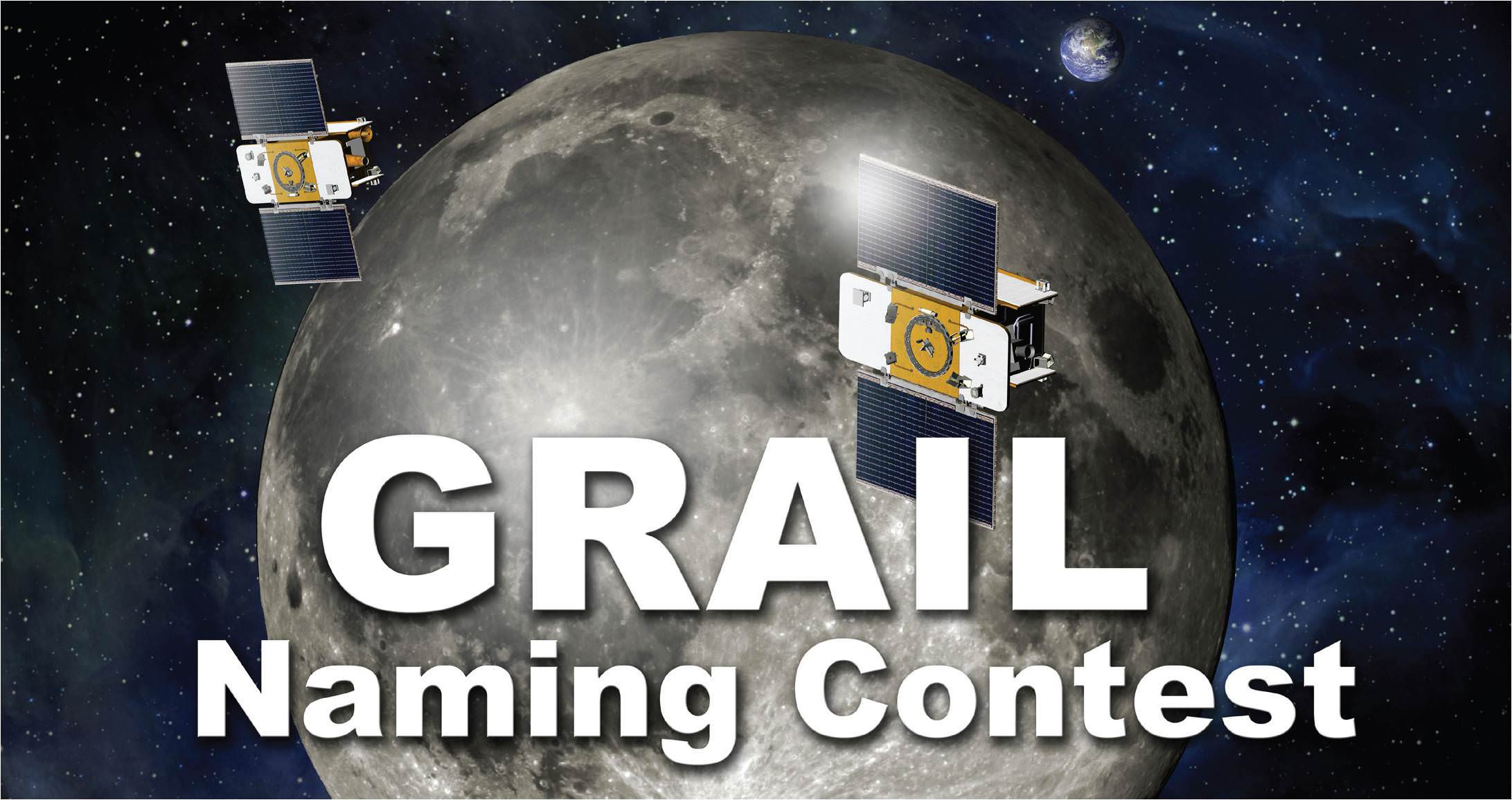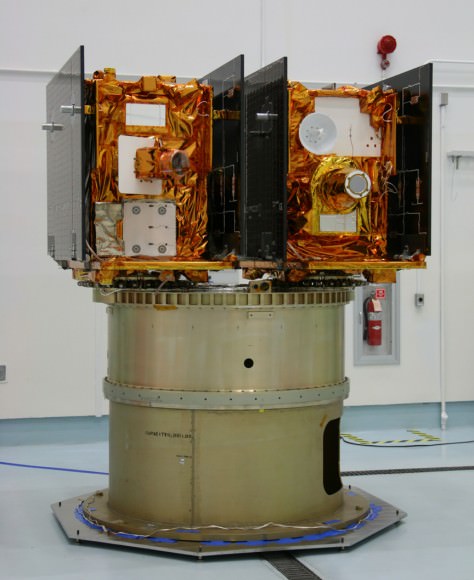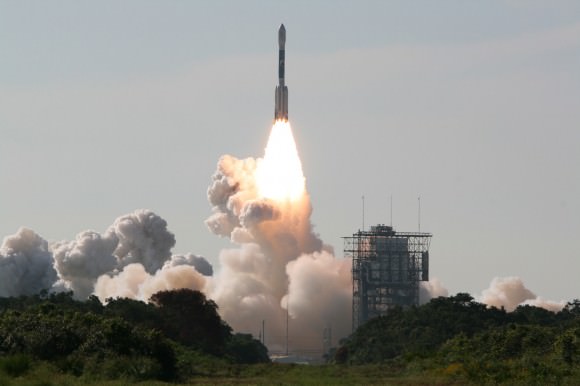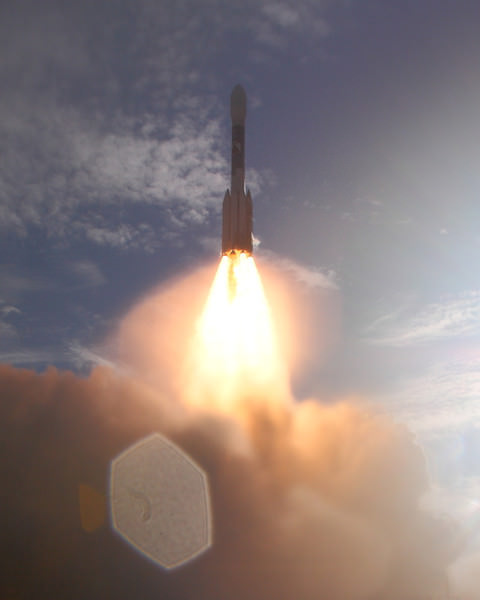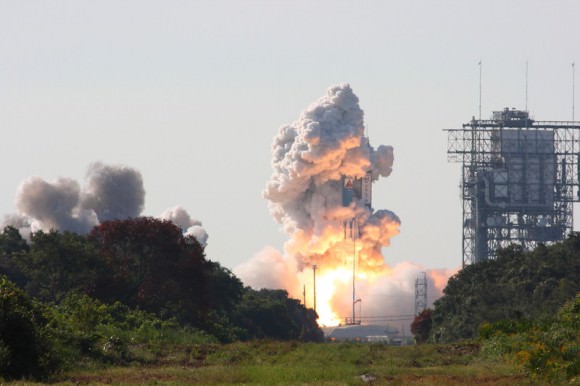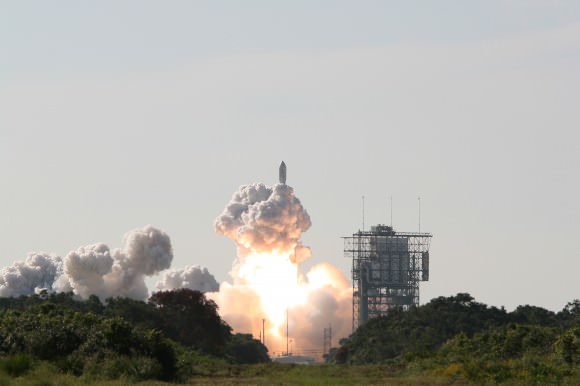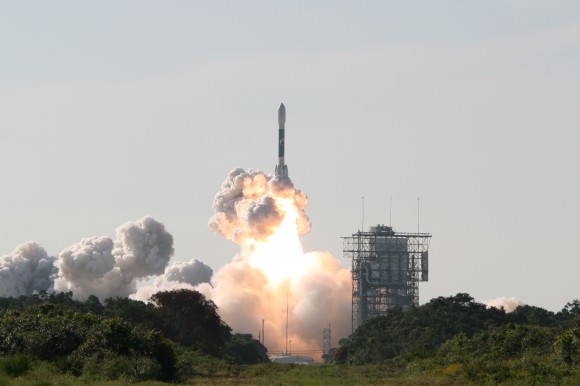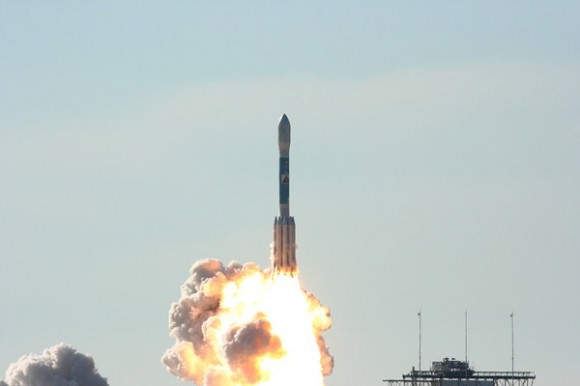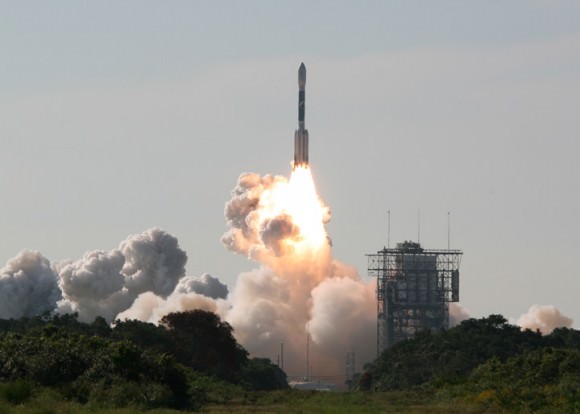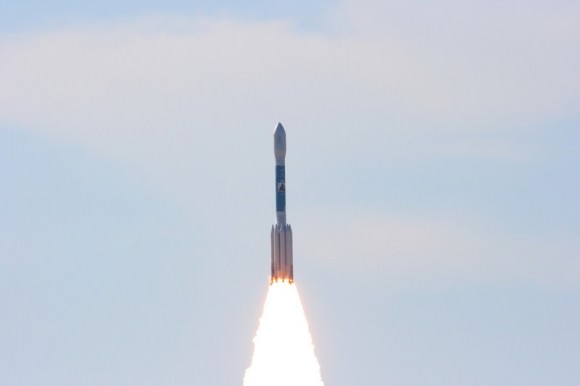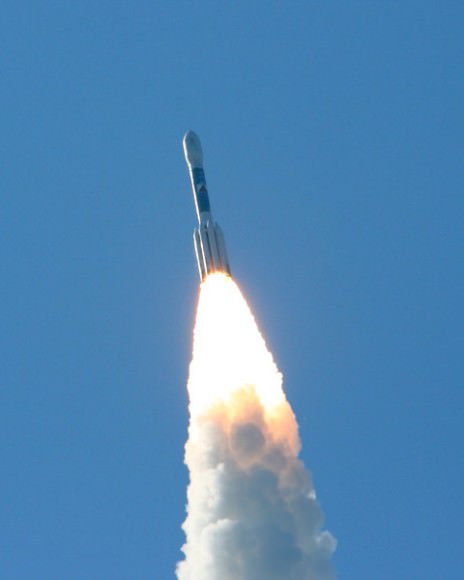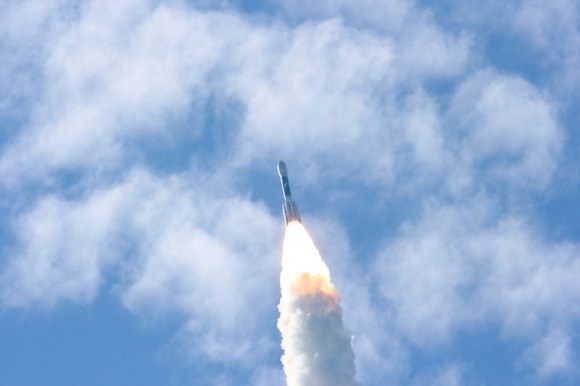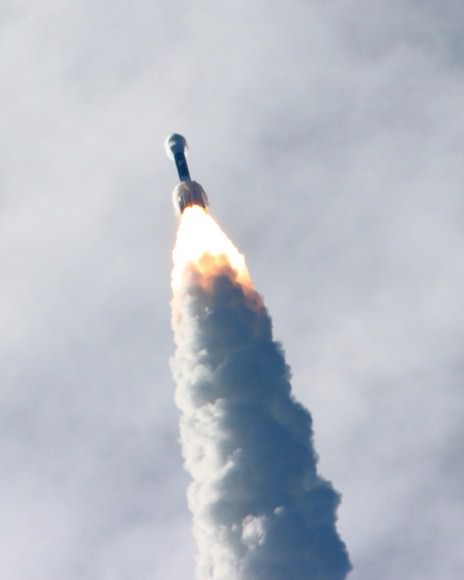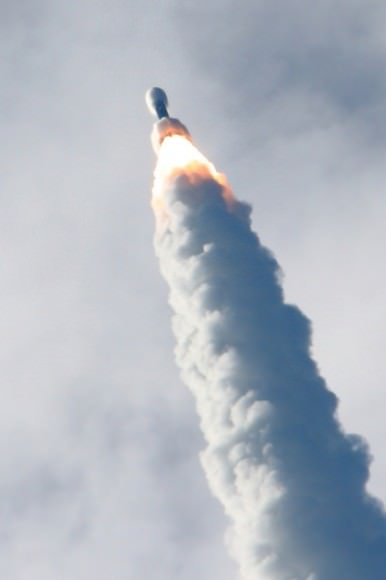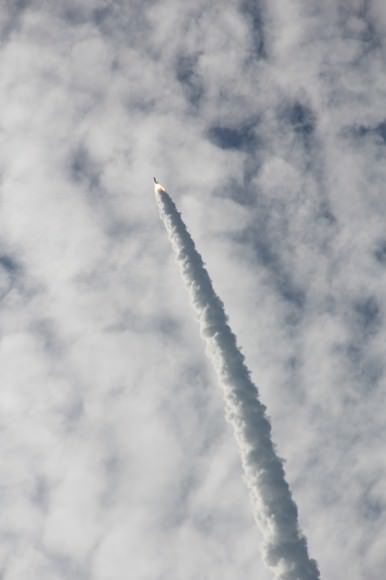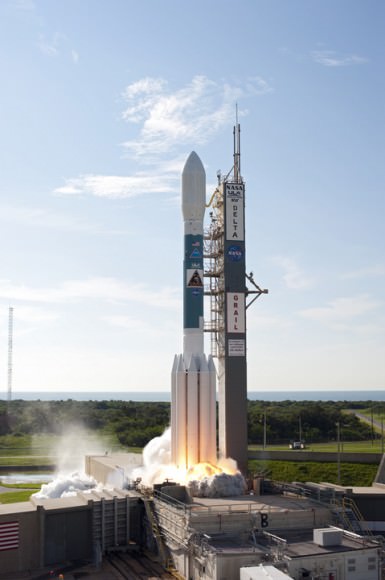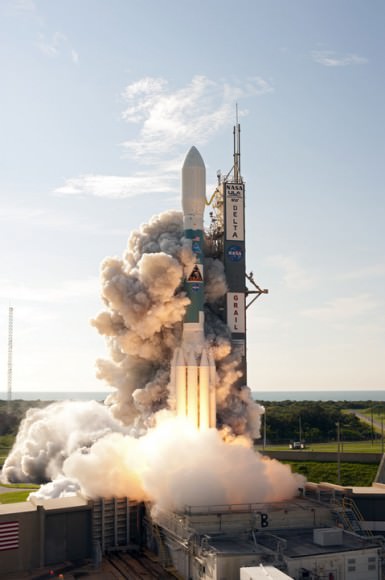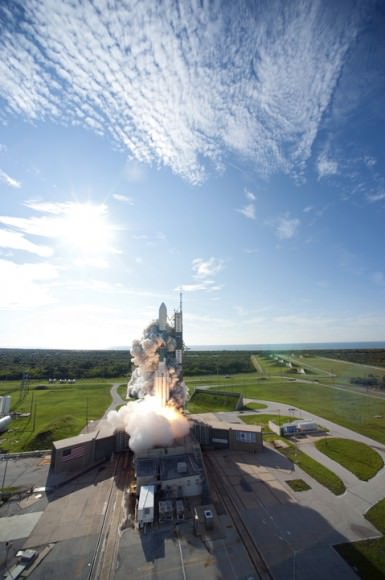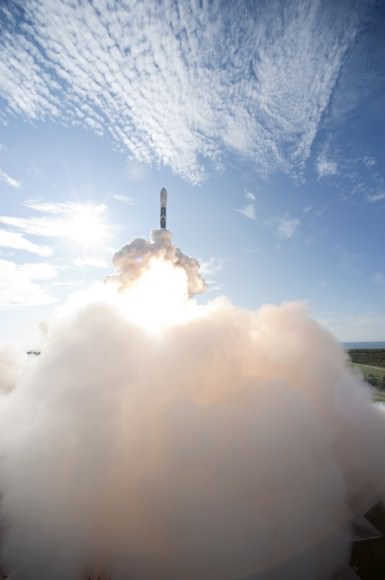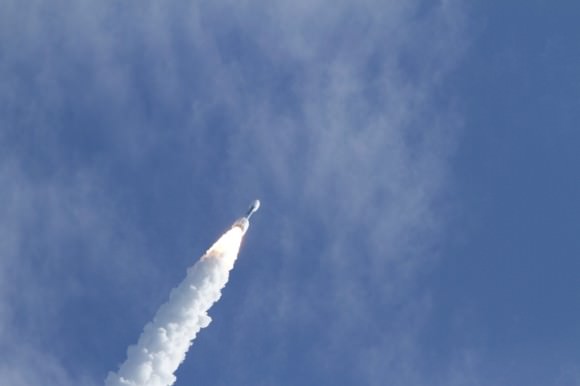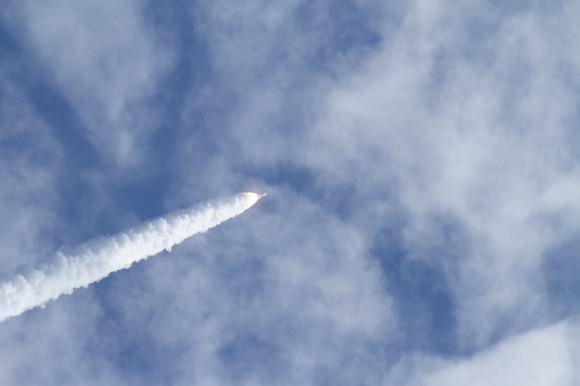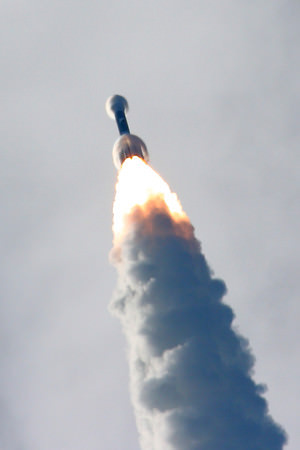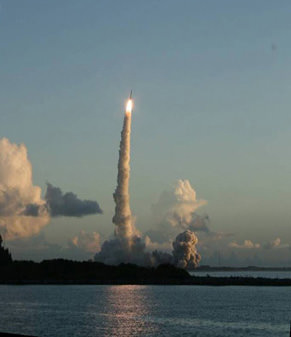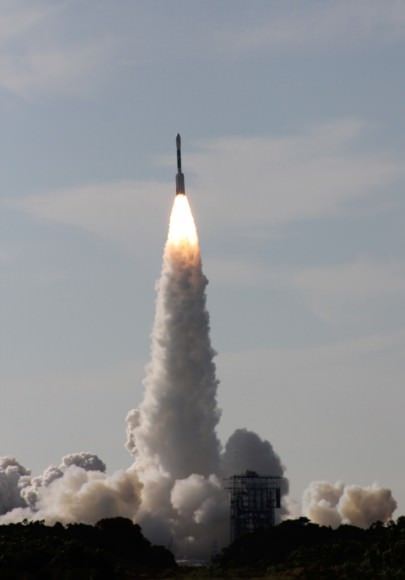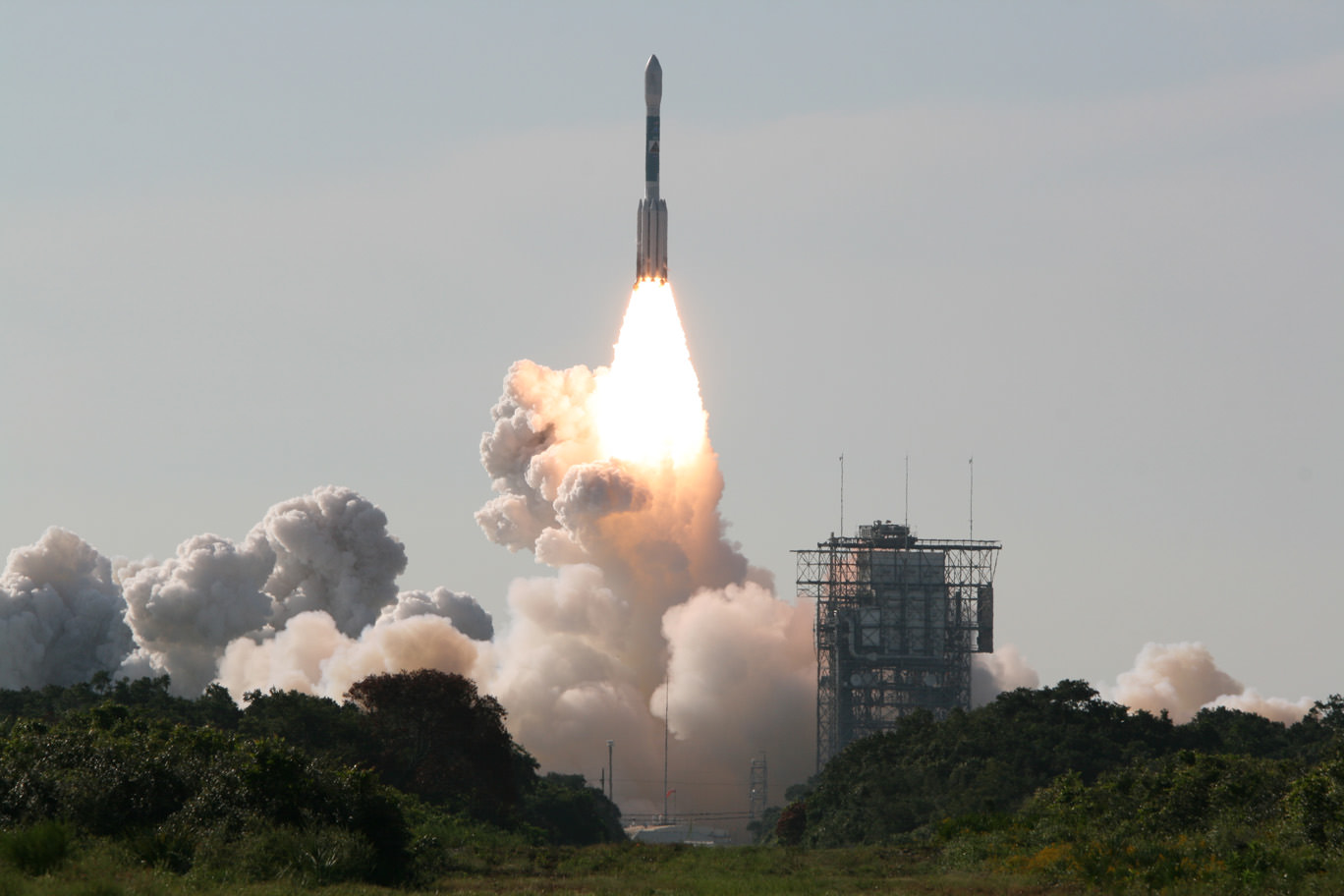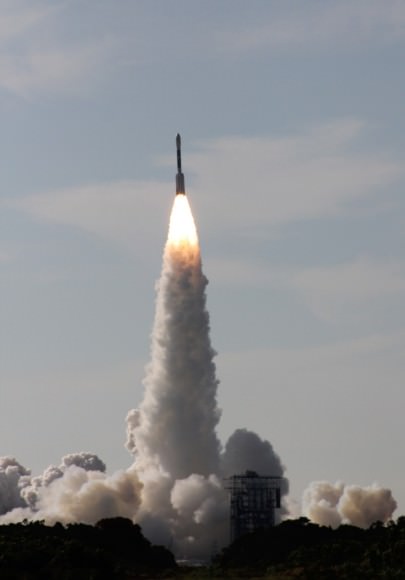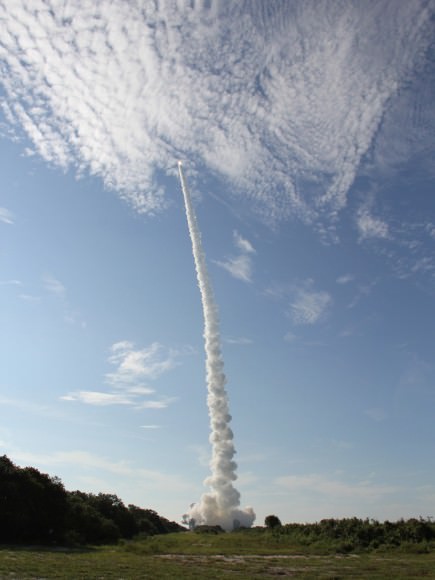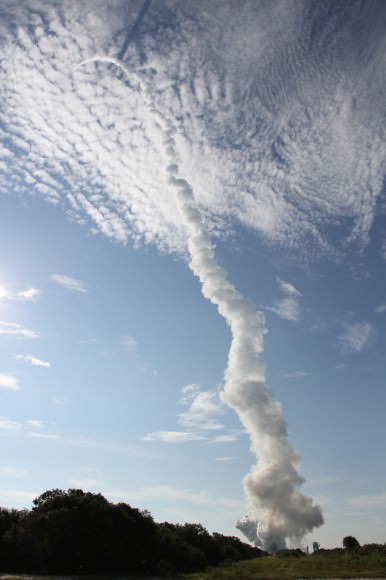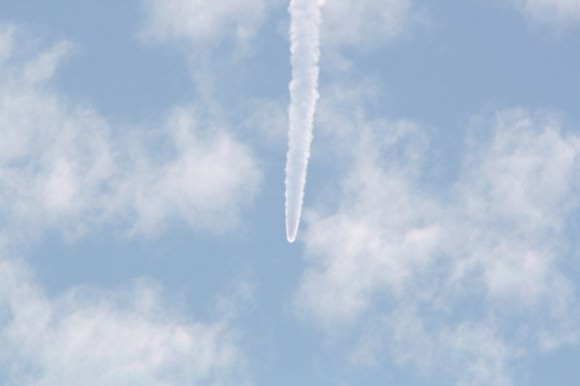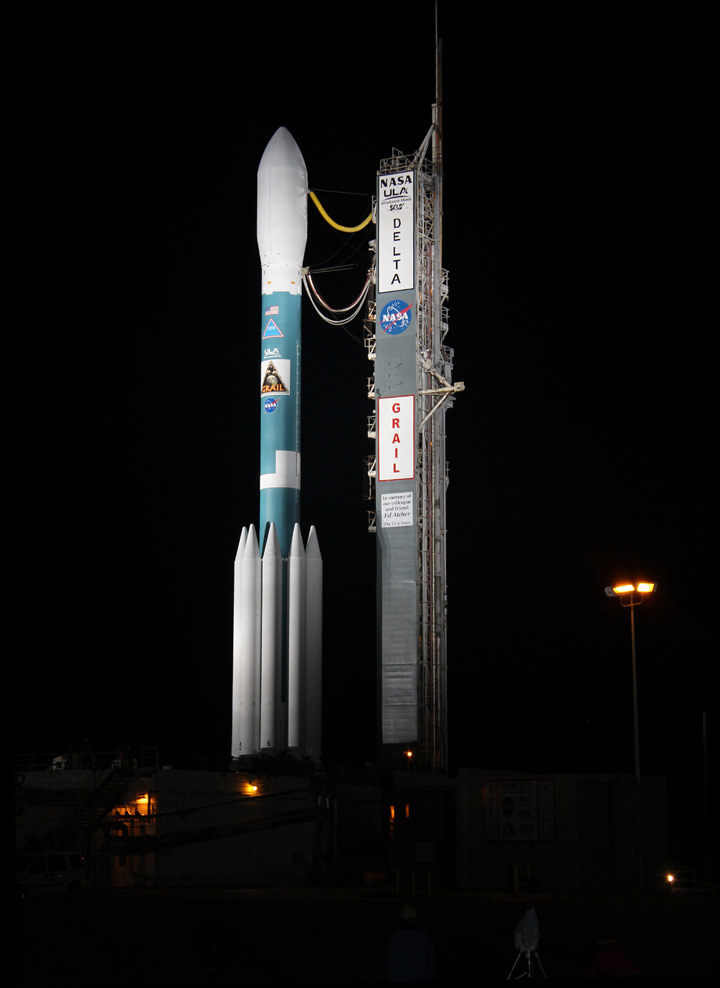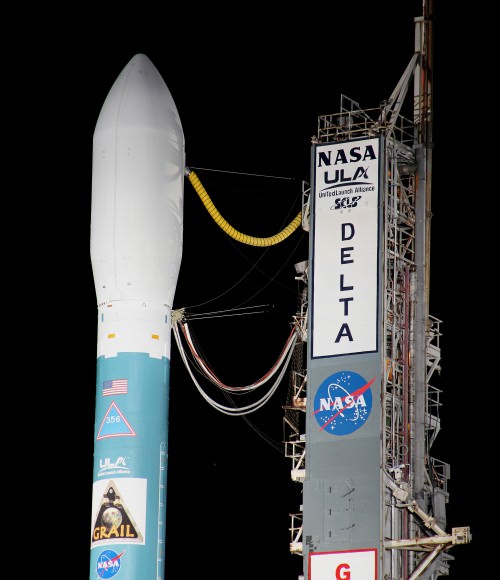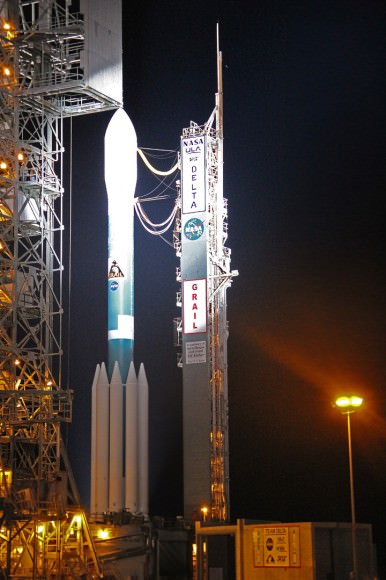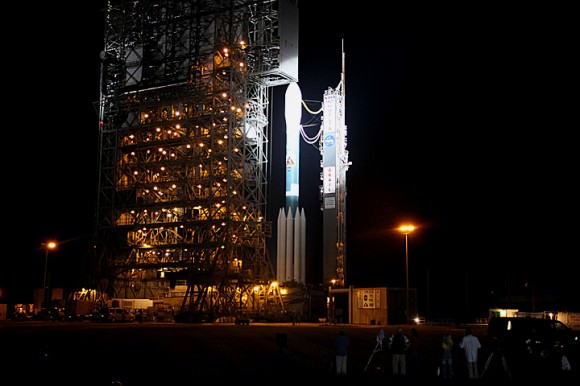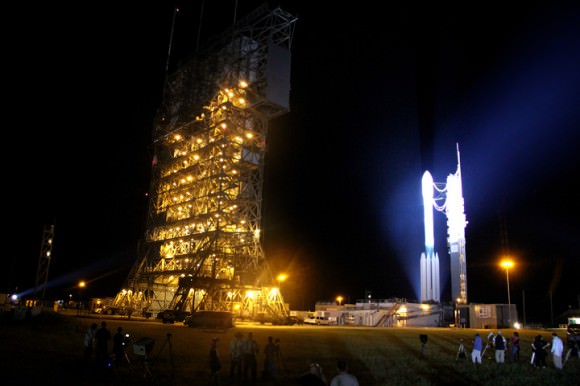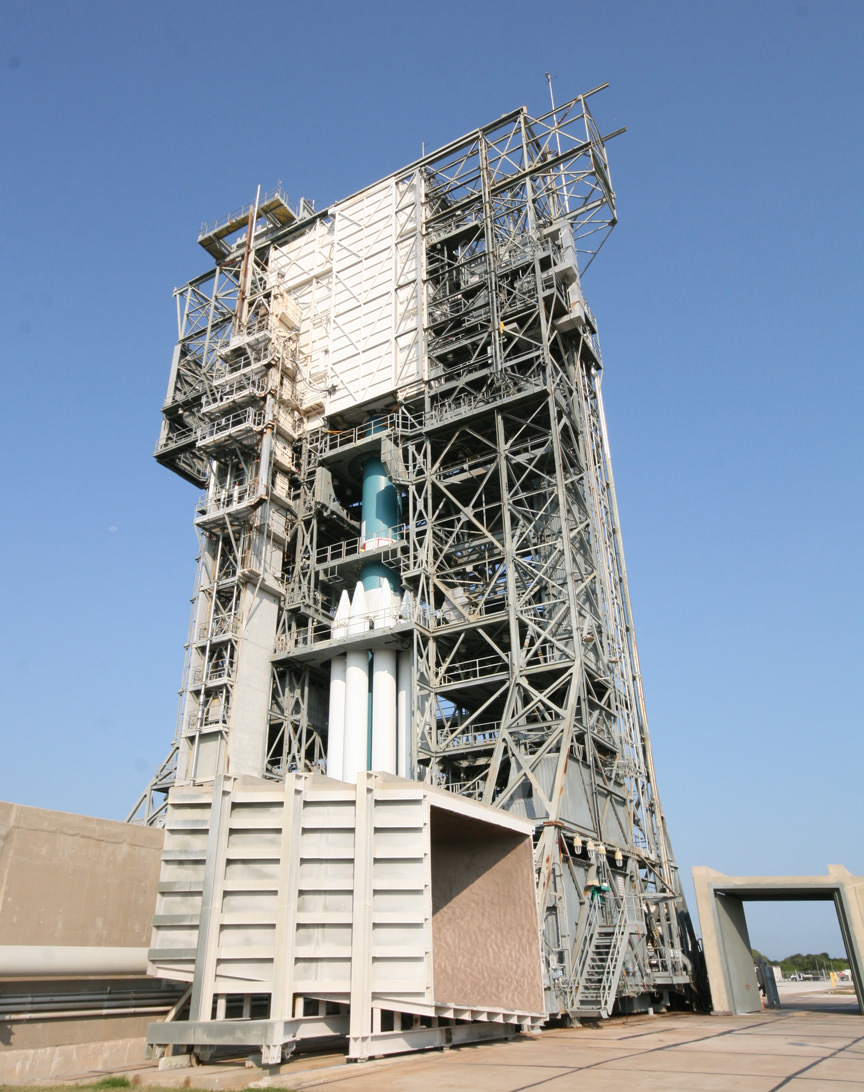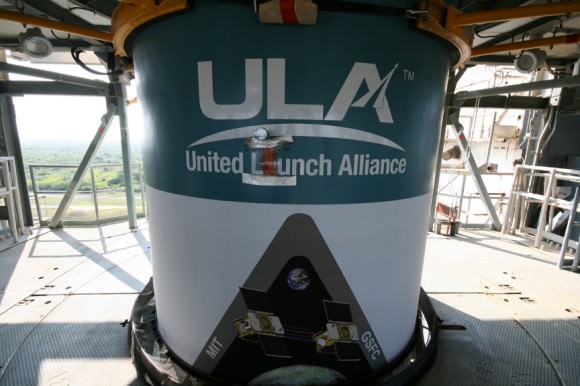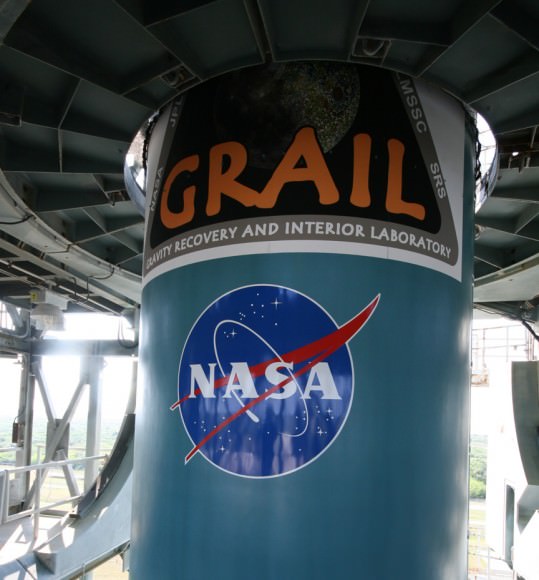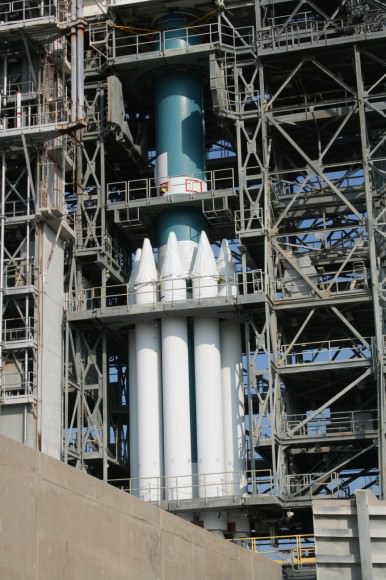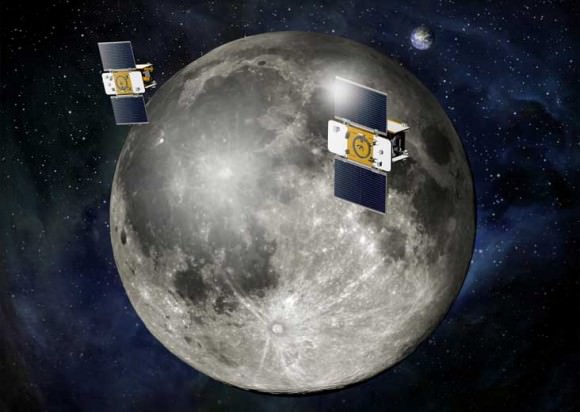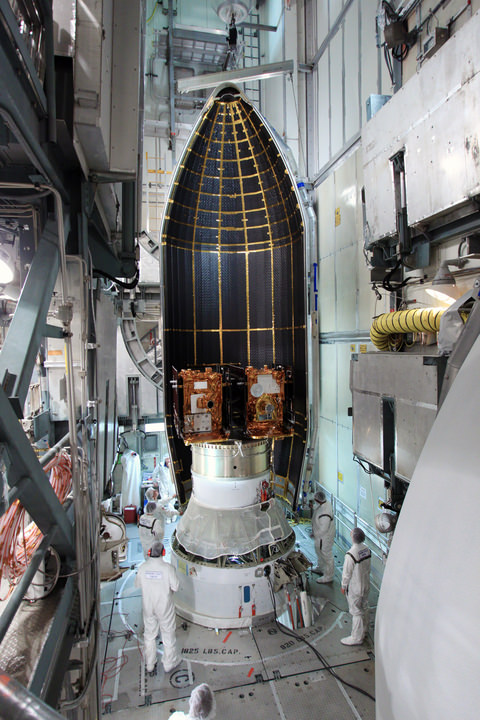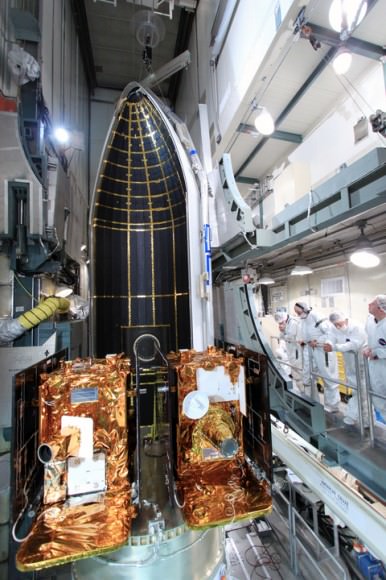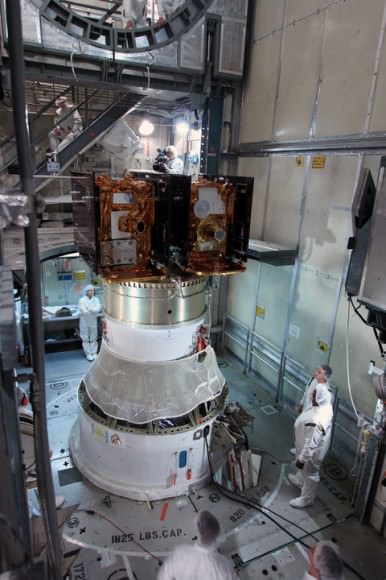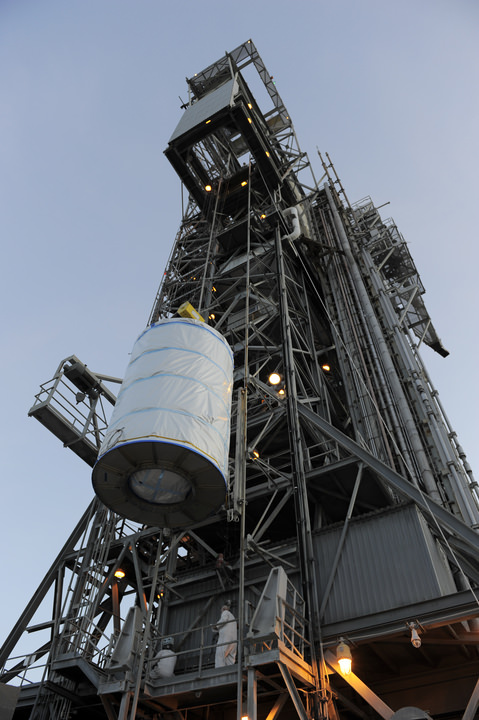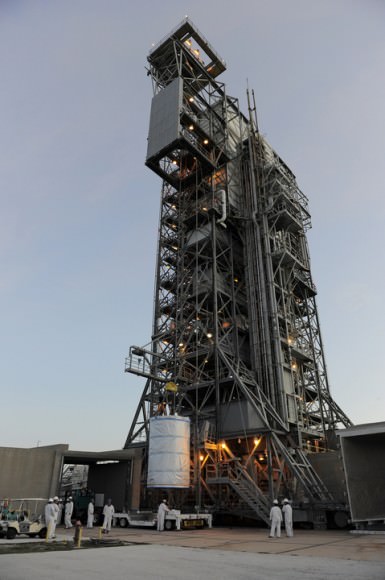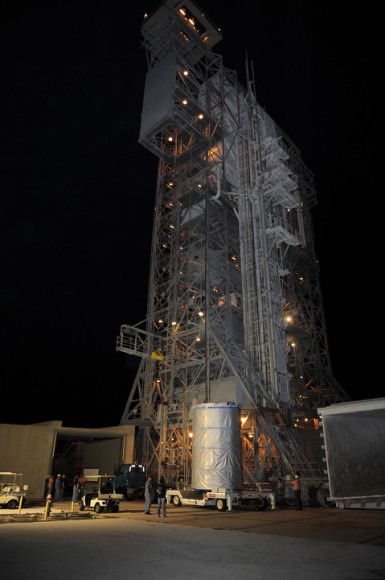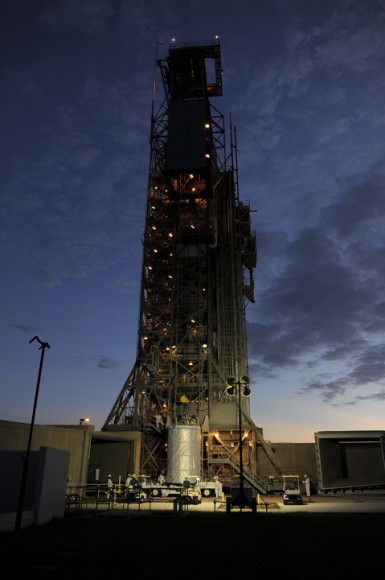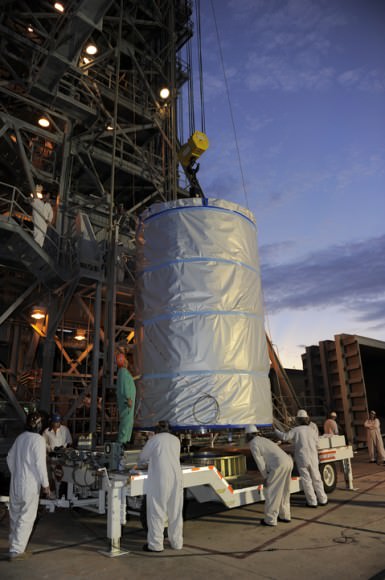[/caption]
In less than three days, NASA will deliver a double barreled New Year’s package to our Moon when an unprecedented pair of science satellites fire up their critical braking thrusters for insertion into lunar orbit on New Year’s Eve and New Year’s Day.
NASA’s dynamic duo of GRAIL probes are “GO” for Lunar Orbit Insertion said the mission team at a briefing for reporters today, Dec. 28. GRAIL’s goal is to exquisitely map the moons interior from the gritty outer crust to the depths of the mysterious core with unparalled precision.
“GRAIL is a Journey to the Center of the Moon”, said Maria Zuber, GRAIL principal investigator from the Massachusetts Institute of Technology (MIT) in Cambridge at the press briefing.
This newfound knowledge will fundamentally alter our understanding of how the moon and other rocky bodies in our solar system – including Earth – formed and evolved over 4.5 Billion years time.
After a three month voyage of more than 2.5 million miles (4 million kilometers) since launching from Florida on Sept. 10, 2011, NASA’s twin GRAIL spacecraft, dubbed Grail-A and GRAIL-B, are now on final approach and are rapidly closing in on the Moon following a trajectory that will hurl them low over the south pole and into an initially near polar elliptical lunar orbit lasting 11.5 hours.
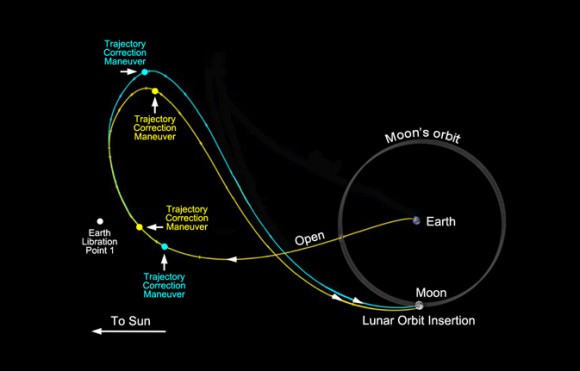
Credit: NASA/JPL-Caltech
As of today, Dec. 28, GRAIL-A is 65,860 miles (106,000 kilometers) from the moon and closing at a speed of 745 mph (1,200 kph). GRAIL-B is 79,540 miles (128,000 kilometers) from the moon and closing at a speed of 763 mph (1,228 kph).
The lunar bound probes are formally named Gravity Recovery And Interior Laboratory (GRAIL) and each one is the size of a washing machine.
The long-duration trajectory was actually beneficial to the mission controllers and the science team because it permitted more time to assess the spacecraft’s health and check out the probes single science instrument – the Ultra Stable Oscillator – and allow it to equilibrate to a stable operating temperature long before it starts making the crucial science measurements.
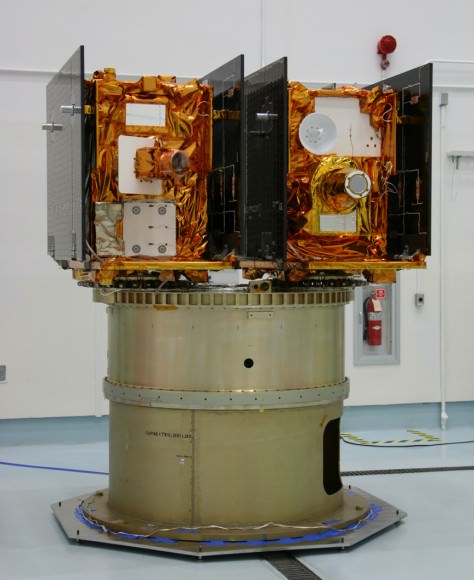
The GRAIL satellites are now streaking to the Moon and their arrival for orbit insertion is just days away and hours apart on New Year’s Eve and New Year’s Day 2012. This picture shows how they looked, mounted side by side, during launch preparations inside the clean room at Astrotech Space Operations facility in Florida prior to blasting off for the Moon on Sept. 10, 2011 from Cape Canaveral, Florida. Credit: Ken Kremer
The duo will arrive 25 hours apart and be placed into orbit starting at 1:21 p.m. PST (4:21 p.m. EST) for GRAIL-A on Dec. 31, and 2:05 p.m. PST (5:05 p.m. EST) on Jan. 1 for GRAIL-B, said David Lehman, project manager for GRAIL at NASA’s Jet Propulsion Laboratory (JPL) in Pasadena, Calif.
“The GRAIL A burn will last 40 minutes and the GRAIL-B burn will last 38 minutes. One hour after the burn we will know the results and make an announcement,” Lehman explained.
The thrusters must fire on time and for the full duration for the probes to achieve orbit. The braking maneuver is preprogrammed and done completely automatically.
Over the next few weeks, the altitude of the spacecraft will be gradually lowered to 34 miles (55 kilometers) into a near-polar, near-circular orbit with an orbital period of two hours. The science phase will then begin in March 2012.
“So far there have been over 100 missions to the Moon and hundreds of pounds of rock have been returned. But there is still a lot we don’t know about the Moon even after the Apollo lunar landings,” explained Zuber.
“We don’t know why the near side of the Moon is different from the far side. In fact we know more about Mars than the Moon.”
GRAIL’s science collection phase will last 82 days. The two spacecraft will transmit radio signals that will precisely measure the distance between them to within a few microns, less than the width of a human hair.
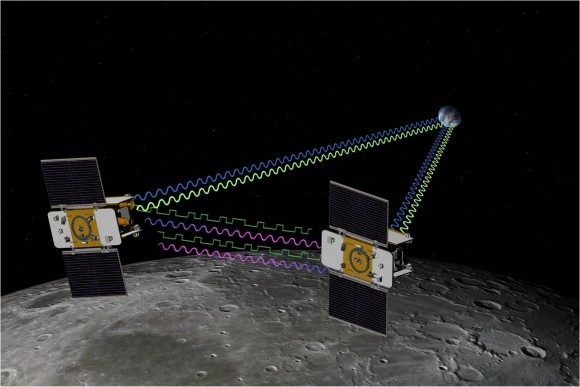
As they orbit in tandem, the moons gravity will change – increasing and decreasing due to the influence of both visible surface features such as mountains and craters and unknown concentrations of masses hidden beneath the lunar surface. This will cause the relative velocity and the distance between the probes to change.
The resulting data will be translated into a high-resolution map of the Moon’s gravitational field and also enable determinations of the moon’s inner composition.
The GRAIL mission may be extended for another 6 months if the solar powered probes survive a power draining and potentially deadly lunar eclipse due in June 2012.
Engineers would significantly lower the orbit to an altitude of barely 15 to 20 miles above the surface to gain even further insights into the lunar interior.
The twin probes are also equipped with 4 cameras each – named MoonKAM – that will be used by middle school students to photograph student selected targets.
The MoonKAM project is led Dr. Sally Ride, America’s first woman astronaut as a way to motivate kids to study math and science.
JPL manages the GRAIL mission for NASA.
Stay tuned for Universe Today updates amidst the News Year’s festivities.
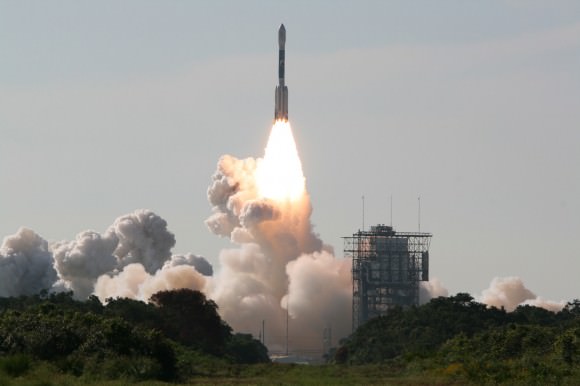
Read continuing features about GRAIL by Ken Kremer here:
Student Alert: GRAIL Naming Contest – Essay Deadline November 11
GRAIL Lunar Blastoff Gallery
GRAIL Twins Awesome Launch Videos – A Journey to the Center of the Moon
NASA launches Twin Lunar Probes to Unravel Moons Core
GRAIL Unveiled for Lunar Science Trek — Launch Reset to Sept. 10
Last Delta II Rocket to Launch Extraordinary Journey to the Center of the Moon on Sept. 8
NASAs Lunar Mapping Duo Encapsulated and Ready for Sept. 8 Liftoff
GRAIL Lunar Twins Mated to Delta Rocket at Launch Pad
GRAIL Twins ready for NASA Science Expedition to the Moon: Photo Gallery

